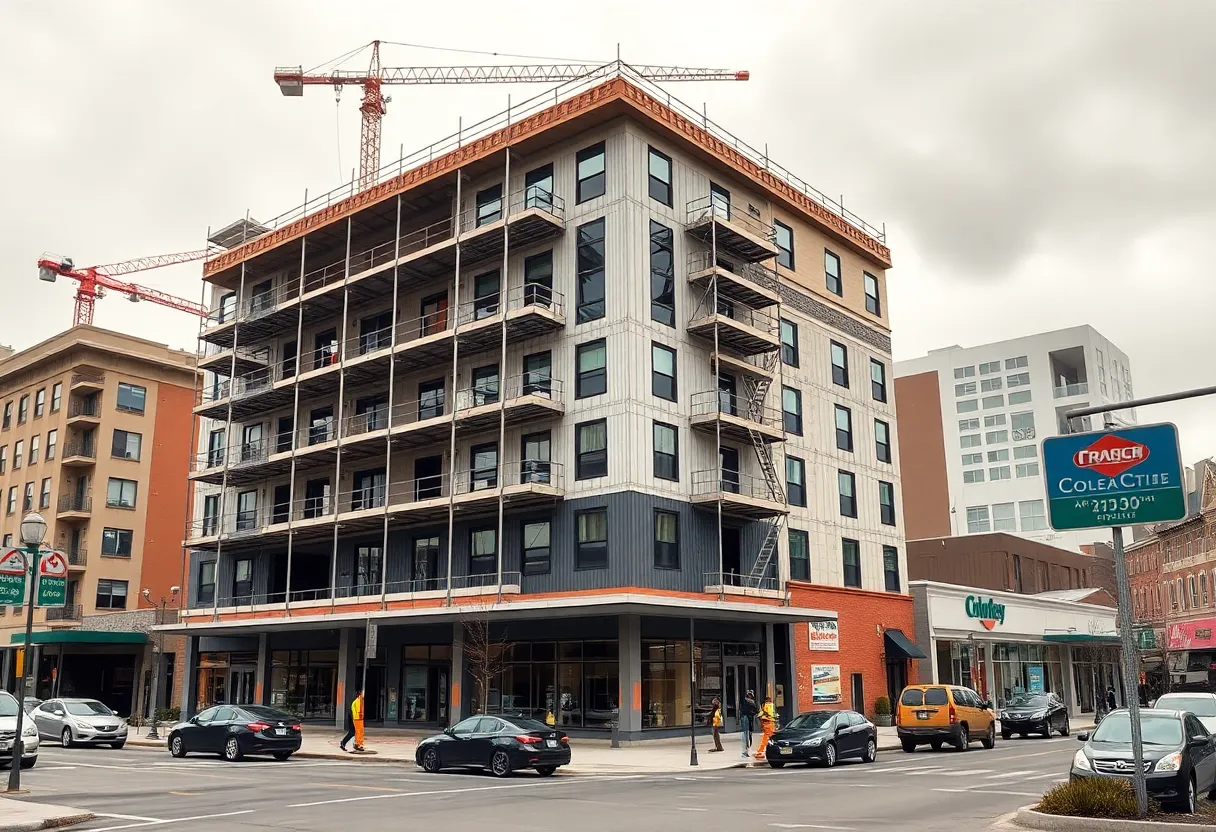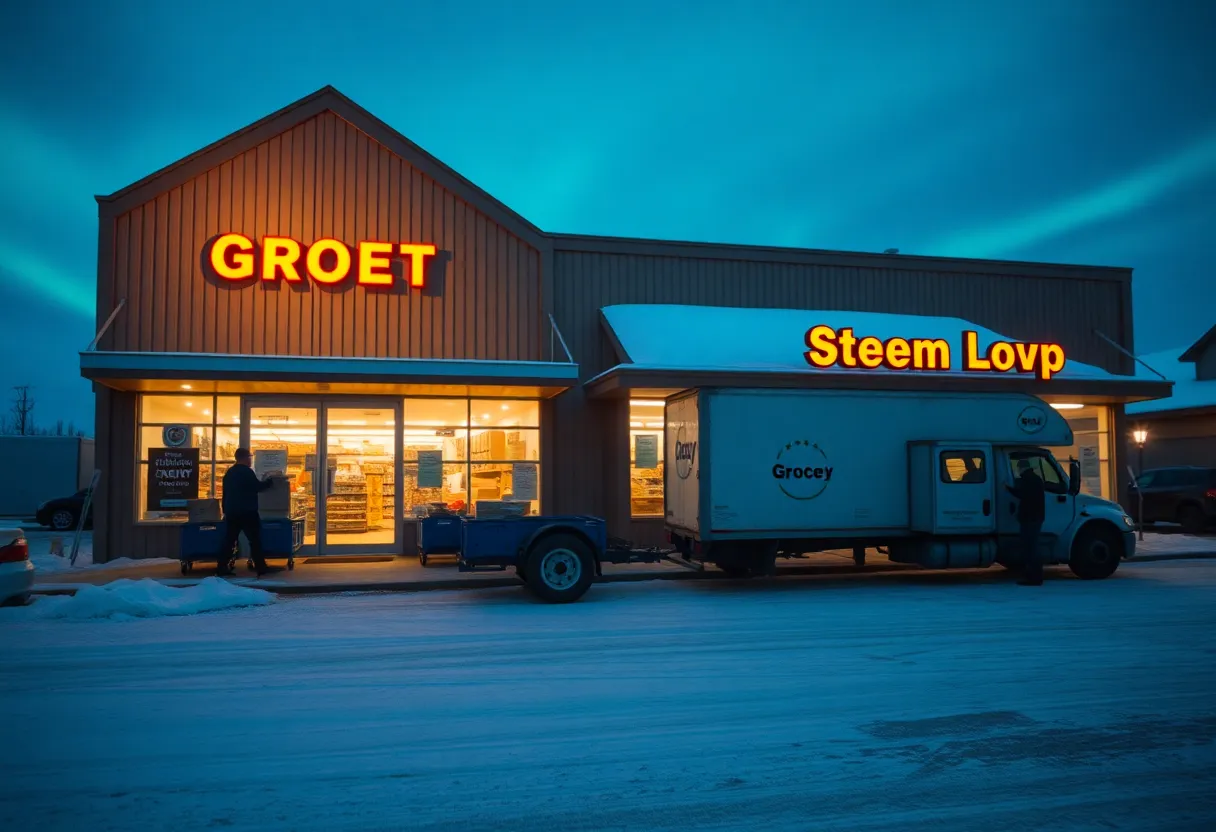California, September 6, 2025
News Summary
Major investor-owned utilities in California are accelerating programs to place neighborhood distribution lines underground to reduce wildfire ignitions and improve grid resiliency. Projects range from targeted community rebuilds to long-term efforts costing billions, with per-mile estimates typically cited around $3–$5 million but varying widely by terrain and complexity. Regulators, lawmakers and consumer advocates are clashing over who should pay as most costs are recovered through customer rates. Debates persist over cheaper alternatives like covered conductors, fast-trip sensors, vegetation management and microgrids, while permitting, trenching and long timelines complicate delivery.
California Utilities Accelerate Undergrounding of Power Lines to Cut Wildfire Risk
Undergrounding of electricity distribution lines is accelerating across California as utilities push to reduce wildfire ignitions sparked by aging and exposed equipment. The effort, led by major investor-owned utilities, is described as a safety measure with substantial financial and regulatory stakes. Projects run from hundreds of millions to billions of dollars and are expected to shape how customers pay for power in coming years, amid political debates about who should bear the costs.
Utilities such as PG&E, Southern California Edison (SCE), and San Diego Gas & Electric (SDG&E) are moving ahead with large-scale undergrounding programs that seek to balance safety, reliability, and community impact. New design practices, cost strategies, and technology innovations are guiding how these projects are planned and built, while regulators weigh whether the expenditures deliver value for ratepayers.
Scope, progress, and costs
California sits on a grid with about 230,000 miles of distribution lines, and roughly one-third of those lines are already underground. Large utilities are pursuing more burying efforts in high-fire-risk areas, with PG&E reporting 600 miles of undergrounding completed since 2021 and a broader goal of burying 10,000 miles in total. SCE has its own plan, including 153 circuit miles underground in Malibu and Altadena, and is reviewing additional miles to add to the footprint. The project costs cited for the Malibu–Altadena plan range from roughly $860 million to $925 million and are expected to take years to finish.
The per-mile economics are debated. Analysts and industry observers note that undergrounding costs can run from about $3 million to $5 million per mile, depending on terrain, the need to trench, and the amount of reconnection required. By contrast, some mitigation alternatives, such as covered conductors (insulated lines) or other protective measures, can cost closer to $800,000 per mile and have shown meaningful reductions in fire risk in some analyses. Still, utilities argue that the best option varies by location and that different solutions may be appropriate in different settings.
Ratepayers are the primary funders of many undergrounding efforts through state tariffs and utility rate cases. The state has already approved a large tranche of undergrounding in recent rate decisions, and the capital-expenditure recovery framework is designed to encourage major reliability investments, though some analysts question whether this framework reduces incentives for cost-effective wildfire mitigation.
Technology, timing, and trade-offs
Utilities are pairing undergrounding with a range of technologies and strategies. Fast-trip systems and downed-conductor detection sensors aim to reduce the need for large outages during high-risk periods, while microgrids with solar and storage may offer resilience for critical facilities and vulnerable customers during outages. In some areas, covered conductors are used as a cost-effective layer of protection that reduces fire risk, though they do not eliminate the need for full undergrounding in the most high-risk zones.
The debate extends to planning and permitting frameworks. Governors and regulators have taken steps, including executive orders that eased certain environmental requirements to speed rebuilding after wildfires, while state lawmakers have proposed bills aimed at increasing cost scrutiny and limiting ratepayer exposure. Critics warn that the current cost-recovery rules and political pressures could discourage cost-effective choices if not carefully balanced with safety outcomes.
Community impact and consumer concerns
The bill impact of undergrounding is a central concern for households already facing rising energy costs. Some observers estimate that undergrounding and related wildfire-mitigation investments can translate into higher bills for many customers, even as others note the long-term benefits of fewer outages and reduced wildfire risk. In communities where bills have climbed sharply, concerns about affordability intersect with debates over how best to deploy ratepayer dollars. In parallel, officials point to the potential for targeted projects to minimize immediate price shocks by sharing trenching and paving costs with other underground infrastructure.
The reform conversation also centers on how to balance safety with equity. Community advocates and small business owners have highlighted scenarios where rising electricity bills threaten viability, while regulators emphasize that a broad mix of strategies will be needed to protect both people and property in a changing climate.
Policy landscape and what comes next
The policy environment around wildfire mitigation is evolving. Regulators at the state level are evaluating the cost-effectiveness of different wildfire-mitigation strategies and reviewing how ratepayer dollars are allocated. Legislative proposals have sought to add oversight or offset mechanisms, but debates have centered on how to maintain safety while keeping bills affordable. The regulatory process continues to shape which miles are prioritized, how projects are funded, and how risks are quantified across diverse communities.
Looking ahead, major undergrounding programs are expected to continue, with progress varying by utility and by region. Some miles may be completed within months, while others could take years depending on community rebuilding plans, permitting processes, and the availability of funding from state, federal, or philanthropic sources. The overarching aim remains clear: lower the incidence of wildfire ignitions from electrical equipment while preserving grid reliability for California’s homes and businesses.
Frequently Asked Questions
What is undergrounding and why is it being pursued?
Undergrounding refers to burying electricity distribution lines underground to reduce the risk of wildfires ignited by exposed equipment. The approach is being pursued as a safety measure to lower ignition risk, improve resilience, and potentially reduce wildfire-related outages, though it involves significant upfront costs and ongoing maintenance considerations.
How much could undergrounding affect electricity bills?
Costs for undergrounding vary by location and project scope, with estimates commonly cited in the range of several hundred thousand to several million dollars per mile. Large plans may add notable per-household charges through rate tariffs, while some analyses suggest alternative technologies can deliver substantial risk reductions at lower per-mile costs. The overall impact on bills depends on project size, funding sources, and how costs are recovered through the rate structure.
What other strategies are used besides undergrounding?
Other strategies include covered conductors (insulated lines) that reduce contact with vegetation, fast-trip and downed-conductor detection systems to limit outages, vegetation management, and the deployment of microgrids with solar and storage for critical facilities and communities.
Who is funding and regulating these projects?
Funding typically comes through ratepayer tariffs approved in utility rate cases, with regulators such as the state Public Utilities Commission overseeing recovery rules. State leadership and environmental permitting processes also play a role, sometimes in ways intended to expedite rebuilding after wildfires. Funding sources may include federal, state, and philanthropic options to reduce direct charges to customers.
What are the timelines for these projects?
Timelines vary widely by project. Some portions could be completed in a matter of months, while larger undergrounding programs may span several years depending on permitting, funding, and community rebuilding plans. In some cases, plans are staged to target high-risk areas first while broader deployments unfold over time.
What are the main concerns from communities and lawmakers?
Key concerns include the affordability of bills for households already facing rising energy costs, questions about cost-effectiveness given recovery rules, and the balance between safety gains and ratepayer burdens. Legislators and advocates seek greater financial oversight and mechanisms to limit ratepayer impact while ensuring wildfire mitigation remains a priority.
Key features
| Feature | Description |
|---|---|
| Definition | The process of burying distribution lines underground to reduce wildfire ignitions and improve reliability. |
| Scope | Focus on distribution lines in high-fire-risk areas; transmission lines are generally not undergrounded in the current plans. |
| Cost range | Undergrounding: roughly $3–$5 million per mile; covered conductors: around $0.8 million per mile; project totals can reach hundreds of millions to billions for large programs. |
| Progress | Hundreds of miles undergrounded across major IOUs; PG&E has completed about 600 miles since 2021; SCE and others pursuing additional miles with large planned footprints. |
| Impact on bills | Undergrounding costs are recovered through ratepayer tariffs; some estimates indicate potential bill increases; other mitigations aim to lower overall costs and improve resilience. |
| Alternatives | Covered conductors, fast-trip sensors, downed-conductor detection, vegetation management, and microgrids to reduce risk and outages. |
| Regulatory framework | Capex recovery rules, CPUC oversight, and evolving state policy; environmental permitting rules have been adjusted at times to speed rebuilding after fires. |
| Community considerations | Affordability concerns for households and small businesses; efforts to share trenching costs and minimize direct charges where possible. |
| Timeline certainty | Projects span months to years depending on permits, funding, and coordination with rebuilding plans and other infrastructure work. |
Deeper Dive: News & Info About This Topic
Additional Resources
- The Sacramento Bee: California undergrounding coverage
- Wikipedia: Underground cable
- Politico: California Climate newsletter — SoCal Edison going underground
- Google Search: California undergrounding power lines wildfires
- Los Angeles Times: Edison to bury power lines
- Google Scholar: undergrounding power lines wildfire California
- LAist: Burying power lines after the LA fires
- Encyclopedia Britannica: power lines underground (search)
- Smart Energy: California SCE turns to undergrounding for wildfire resilience
- Google News: undergrounding power lines California





